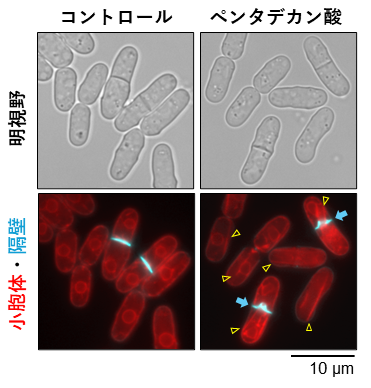2025-06-04 早稲田大学

図 MXeneを統合したコンタクトレンズの開発
<関連情報>
- https://www.waseda.jp/inst/research/news/80980
- https://onlinelibrary.wiley.com/doi/10.1002/smsc.202400628
MXene統合コンタクトレンズ:ウェアラブル眼保護とヘルスケアにおける画期的な進歩 MXene-Integrated Contact Lens: A Breakthrough in Wearable Eye Protection and Healthcare
Lunjie Hu, Saman Azhari, Hanzhe Zhang, Yuki Matsunaga, Jun Hirotani, Atsushige Ashimori, Kazuhiro Kimura, Takeo Miyake
Small Science Published: 03 June 2025
DOI:https://doi.org/10.1002/smsc.202400628
Abstract
Smart contact lenses with electronic circuits are rapidly advancing for health monitoring and sensing applications, but concerns over electromagnetic (EM) radiation exposure remain. As these devices are near commercialization, protecting the eyes from such radiation is crucial. MXenes (Mn+1XnTx, where M is a transition metal, X is carbon and/or nitrogen, and Tx denotes the functional groups [e.g., OH, F, O, etc.]), a class of 2D transition metal carbides/nitrides, offer exceptional properties such as high conductivity, biocompatibility, and strong EM shielding, making them ideal for preventing radiation-induced eye diseases like cataracts. Herein, an MXene-coated contact lens platform that effectively reduces EM radiation exposure while maintaining over 80% visible light transmission, 90% cell viability, and robust shielding capabilities is presented. This approach achieves stable integration of MXene nanosheets on soft contact lenses and mitigates their oxidation degradation. The lens also enhances dehydration protection and demonstrates safety by showing no signs of inflammation or adverse effects in rabbit eyes. These findings highlight MXene-coated contact lenses as a promising solution for next-generation wearable technologies and healthcare applications.


